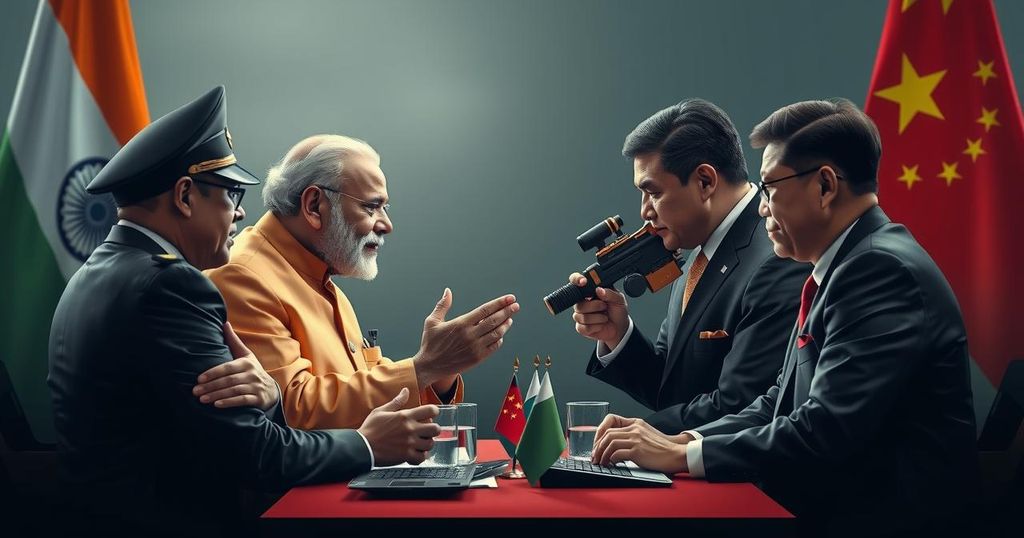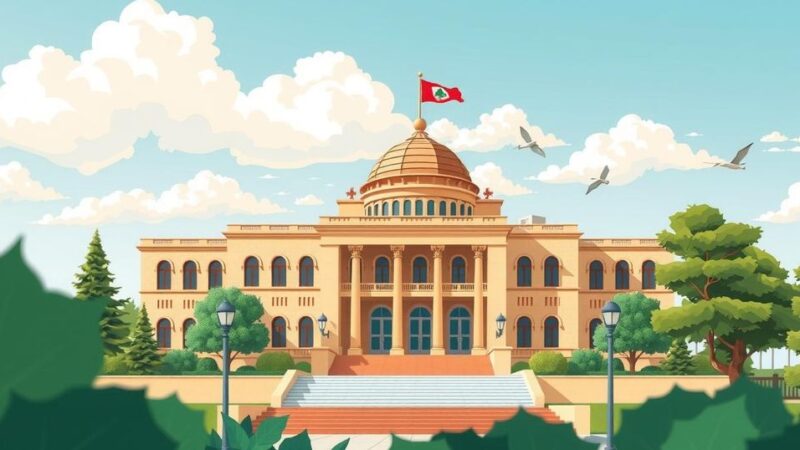India has reportedly concluded its four-year border dispute with China, allowing regular patrols along their contested Himalayan border. This comes after a period of significant military tension following violent clashes in 2020. The upcoming meeting between their leaders at the Brics summit may be a pivotal moment for their diplomatic relations, even as skepticism regarding the agreement’s durability persists.
India recently declared an end to a four-year-long border dispute with China, a resolution that comes as a welcome relief in an increasingly tumultuous world. However, the specific terms of this resolution remain somewhat ambiguous, and an initial silence from Beijing has cast doubt on the solidity of the agreement. India’s Minister of External Affairs, Subrahmanyam Jaishankar, affirmed that both nations had consented to permit routine patrols along their disputed Himalayan border, a claim that was subsequently corroborated by Chinese Foreign Ministry spokesman Lin Jian. The deterioration of relations followed deadly clashes in June 2020, which involved violent confrontations in the Galwan River area and Pangong Tso, resulting in the deaths of 20 Indian soldiers and several Chinese troops. This marked the first time in 40 years that both armies had discharged weapons against one another. This recent thaw in relations sets the stage for a significant meeting between Indian Prime Minister Narendra Modi and Chinese President Xi Jinping during the Brics summit in Russia, their first formal interaction since the G20 summit in Bali in 2022. The longstanding tension between India and China has significant implications for the region; both nations maintain substantial military deployments along their respective borders due to past conflicts, including a war in 1962. The resolution of this standoff has strategic advantages for both sides. For India, it alleviates the strain on its military resources positioned in the Himalayas, allowing for a potential reallocation of troops. Conversely, easing tensions with India would allow China to focus on other territorial disputes, notably with the Philippines. The social and economic ramifications of the past clashes led to stringent regulations on Chinese investments and numerous diplomatic retaliations, further degrading relations. Though the two nations undertook high-level military talks totaling at least 21 sessions, it became apparent that easing tensions was essential for future collaboration, especially as Indian firms grappled with diminished access to Chinese capital. Preparations for mending ties have been ongoing, with hints of lifting investment restrictions and expediting visa processes for Chinese personnel, a recognition that India’s developmental goals may necessitate cooperation with China. However, skepticism lingers regarding the durability of this agreement; previous interactions—such as an accord in 2017 over the Doklam plateau—did not prevent the continuation of disputes. Key motivations behind this thaw may include geopolitical dynamics in context to upcoming elections in the United States. A more stable relationship between India and China could provide strategic advantages for both nations amidst fluctuating global alliances. Yet, the lack of trust remains a significant barrier, underscoring the potential for quick escalations should misunderstandings arise during patrols.
The border dispute between India and China has deep historical roots, tracing back decades to conflicting territorial claims influenced by nationalism and resource scarcity. The two nations share a lengthy mountainous border exceeding 3,400 kilometers, also known as the Line of Actual Control, which has been a flashpoint for military confrontations. Tensions came to a head in June 2020 when violent clashes resulted in multiple casualties, prompting significant military buildups and heightened diplomatic tensions. Recent developments suggest a diplomatic effort to ease tensions and foster cooperation on multiple fronts, although deep-seated grievances and mistrust persist between the two major powers.
In summary, while India’s announcement of an end to its border dispute with China is a notable stabilization in relations, the agreement’s efficacy remains to be tested. Both nations have significant motivations for peace, yet the historical distrust and historical precedents of unresolved territorial disputes raise questions about the longevity of this thaw. The upcoming meeting between their leaders could further shape the future of bilateral ties, although vigilance is necessary to avert any renewed confrontations.
Original Source: www.business-standard.com






